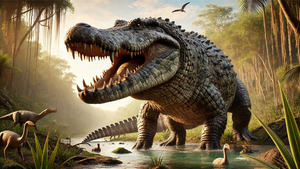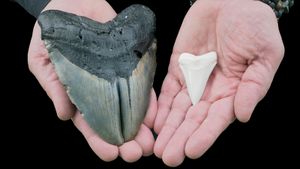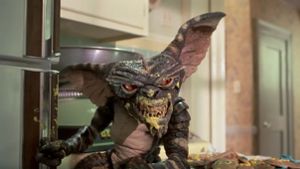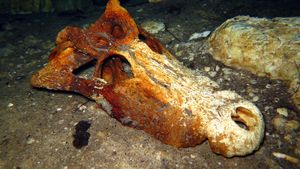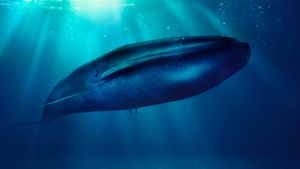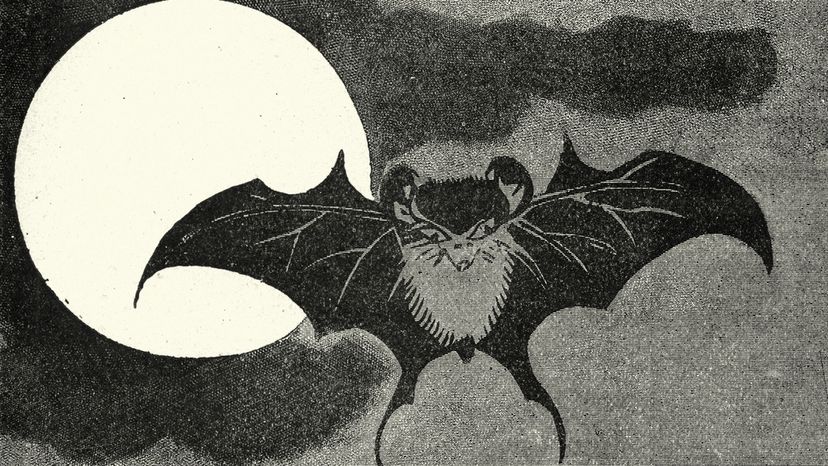
Image: DigitalVision Vectors/Getty Images
About This Quiz
How much sci is in your fi? To celebrate Halloween, we're taking a look at physics, biology and everything in between through the lens of monster cinema. This quiz will grill you on alien jaw mechanics, Godzilla's dinosaurian ties and the unexpected downside of invisibility. You know, all the stuff you'd need to know as a mad scientist's lab assistant. Mwah-ha-ha.
Megalodon, a huge prehistoric shark, is the villain in 2018's "The Meg." According to paleontologists, when did this species go extinct?
8,500 to 10,500 years ago
2.6 to 3.6 million years ago
65 to 75 million years ago
Fill in the blank: If Jack Griffin (title character in the movie "The Invisible Man") was real, he'd probably suffer from _____.
blindness
deafness
insensitivity to pain
Advertisement
Beasts with two or more heads are a mainstay of cheeseball horror flicks. What's the scientific name for this condition?
iniencephaly
polycephaly
megalencephaly
Those nightmarish Xenomorphs in the "Alien" franchise have two sets of jaws apiece - just like which of these real animals?
caimans
shrews
moray eels
The botanical bad guy in "Little Shop of Horrors" speaks English well enough to make wisecracks (and use profanity). How do non-fictional plants communicate?
by releasing chemical signals
through very faint sounds
They might use both methods.
Advertisement
We swear we're not making this up: "The Giant Claw" (1957) is about an alien bird with an antimatter shield. What happens when matter and antimatter particles collide?
They annihilate each other.
Time stops.
absolutely nothing
King Kong notwithstanding, how much did the largest ape currently known to science weigh? (Hint: It was prehistoric.)
300 pounds (136 kilograms)
600 pounds (272 kilograms)
900 pounds (408 kilograms)
Like Jeff Goldblum's character in "The Fly" (1986), houseflies intentionally vomit on a regular basis. But why?
to keep themselves light enough to fly
to break down food
to mark their territories
Advertisement
